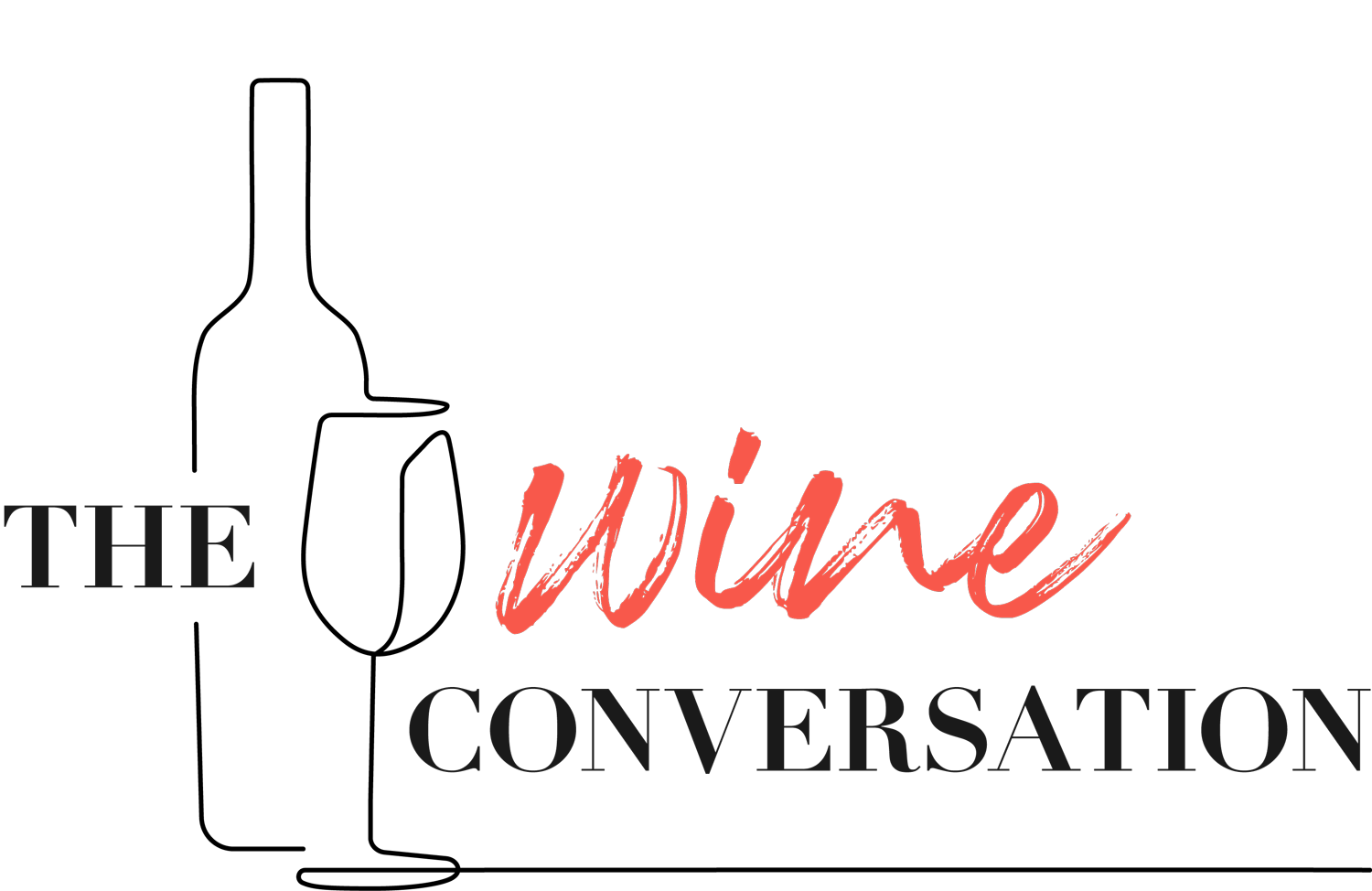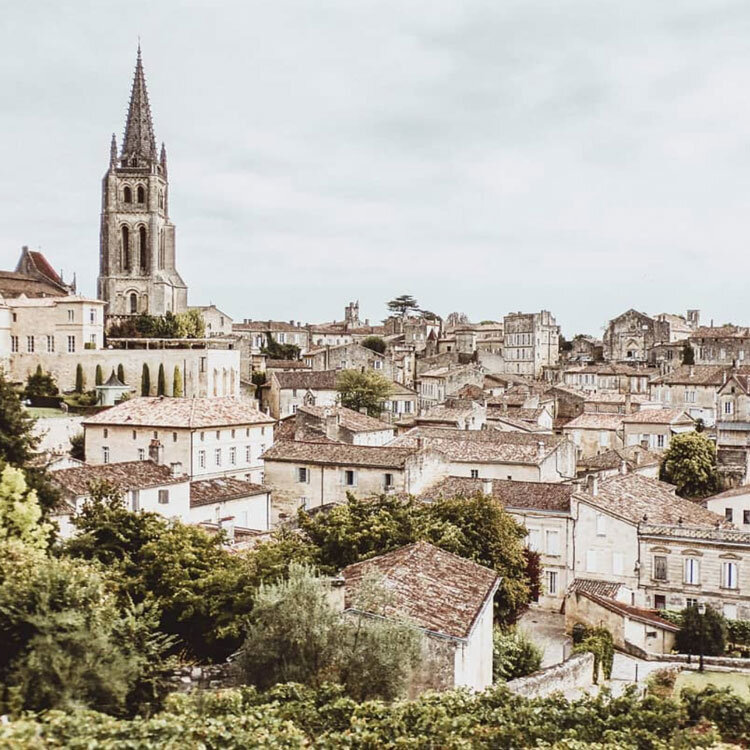▻ The Bordeaux 2020 Campaign
In conversation with Justin Gibbs of Liv-ex
Episode Summary:-
Sarah Kemp talks to Justin Gibbs, co-founder of Liv-ex, about the 2020 Bordeaux En Primeur Campaign, which has now finished. They discuss the reaction by merchants and critics to its quality, and how it was perceived compared to earlier vintages. Justin explains how the 2020 vintage was presented by the Bordeaux trade as the third in a series of successful vintages, but that it was not tasted widely due to the pandemic conditions (2019 was only tasted by a few Bordeaux-based critics), and that the view that emerged was confused – it was not a heterogeneous vintage, neither left nor right bank. Compared to the 2019 campaign, which was late and rushed, the 2020 campaign took place over two months and was in two parts.
The 2019 En Primeur campaign was “offered into the teeth of Covid lockdown and this meant no one tasted in terms of the merchant community.” It was released to a captive audience, ready to spend some money. It was fast, frantic, and well-received, as prices were dropped on average by 21% on 2018. The campaign took off and the secondary market responded with rises of 9.5%, a good return, and a rare one after several lacklustre campaigns.
The 2020 prices returned to the 2018 level. Justin explains how they conducted a straw poll of their 550 members, who believed there would be price rises of between 5-15% and that this was a level they thought they could get their customers to accept and get excited about. The campaign opened positively with Château Cheval Blanc releasing 3.5% above 2019, which got everyone excited about the campaign. In the first month the average price increase was 5.5%, but in the second half “everything went slightly crazy,” Justin says, “some would say bonkers, in terms of price.”
“We had, in the last week of the campaign, a good 20-25 major releases, and in that last week the average price on 2019 was up 34%, so overall average for 2020 over 2019 was a price increase of 27% against expectations of 5-15%. That’s perhaps where the problem lies,” he notes.
Justin talks about which châteaux were successful, and which were not: “Generally, the people who price their wines well are the First Growths, and they did it again this year.” Other successes included wines where there is a following and the châteaux are perceived to be improving, like Châteaux Les Carmes Haut-Brion, Figeac and Canon. The second wines of the First Growths did well, particularly Carruades de Lafite. Another success was Léoville Barton. However, there were too many wines that didn’t do well, big names that were released at the back end of the campaign.
Sarah and Justin discuss the question of how much stock the châteaux are releasing. “It would be fascinating to know how much wine is being held back compared to 2009. I suspect you are seeing half the volumes,” Justin says. He and Sarah agree that there are huge advantages to the En Primeur system in terms of attention, as for two months there is great discussion about the latest Bordeaux vintage in the wine trade. They both question that if the strategy is to hold back stock, then En Primeur becomes less important, and whether the Bordeaux trade will be able to create as much excitement and sales outside the campaign.
““2020, a well-regarded vintage, not a simple one to judge, not widely judged because of the restrictions involved, but not as strong as 2019.””
Running Order:-
-
0.00 – 10.18
“The second half of the campaign everything went slightly crazy, some would say bonkers, in terms of price.”
Justin Gibbs of Liv-ex talks to Sarah Kemp about the 2020 Bordeaux campaign. He discusses the reaction of the merchants and critics, and says that the view was confused. Many merchants did not taste widely due to pandemic restrictions, but the impression was of a well-regarded vintage, though not as strong as 2019.
The 2019 En Primeur campaign was released into the teeth of the pandemic to a captive audience who were willing to spend money, Justin explains. The châteaux dropped their prices on average by 21% on 2018 and the campaign took off, with a very healthy secondary market where the average prices rose 9.5%, the first time an En Primeur campaign had shown a return for several years.
A straw poll of Liv-ex’s 550 members prior to En Primeur showed that the merchants believed a price rise of 5-15% would be a level at which they could engage their customers. The campaign started well with the release of Château Cheval Blanc at 3.5% above 2019 and in the first month of the campaign the average price rise was 5.5%. The second half of the campaign did not follow the same pattern. “We had, In the last week of the campaign, 20-25 major releases in that last week; the average price rise for 2020 over 2019 was 34%, so the overall average for 2020 over 2019 was 27% against expectations of 5-15%, and that is perhaps where the problem lies.” -
10.19 – 14.46
"Often the early releases do well even if they’ve pushed the price a bit, there is money on the table, people have a natural excitement about a new En Primeur campaign, and they like to get involved.”
Justin discusses which châteaux did well and which didn’t in 2020. Château Cheval Blanc was the surprise of the campaign: “A clear success, they looked closely at the market, released right on the button and it worked.”. Other successes included the First Growths, who Justin notes generally price their wines well, along with their second wines. Estates which are considered to be improving and have a following such as Château Les Carmes Haut-Brion, Château Figeac and Château Canon, also did well.
However, too many wines did not, such as big names who came in at the back of the campaign. As prices rose, the reaction became negative and collectors withdrew. -
14.47 – 23.44
“It would be fascinating to know how much wine is being held back compared to 2009. I suspect you are seeing half the volumes.”
Sarah and Justin examine the issue of Bordeaux châteaux holding back stock. It is impossible to know how much, as they don’t release figures, but as Justin tells Sarah, “There is no doubt in anyone’s mind that the release volumes are going down and down and down.” The lack of availability is a cause of frustration for the merchants. “Despite price rises, the merchants have built a very loyal client base, quite frankly huge loyalty towards Bordeaux,” he explains. “Despite price rises they still have the ears of their collectors who still get excited by En Primeur and will still buy regardless of perceived value.”
If wine is held back, how will it come to market and when? Without and the excitement the En Primeur campaign generates, Sarah and Justin conclude, this may be Bordeaux’s biggest question at the moment.
RELATED POSTS
Keep up with our adventures in wine









John Stimpfig talks to Axel Heinz, who caused shockwaves last year when he left Ornellaia and Masseto to head back to Bordeaux to run Château Lascombes.